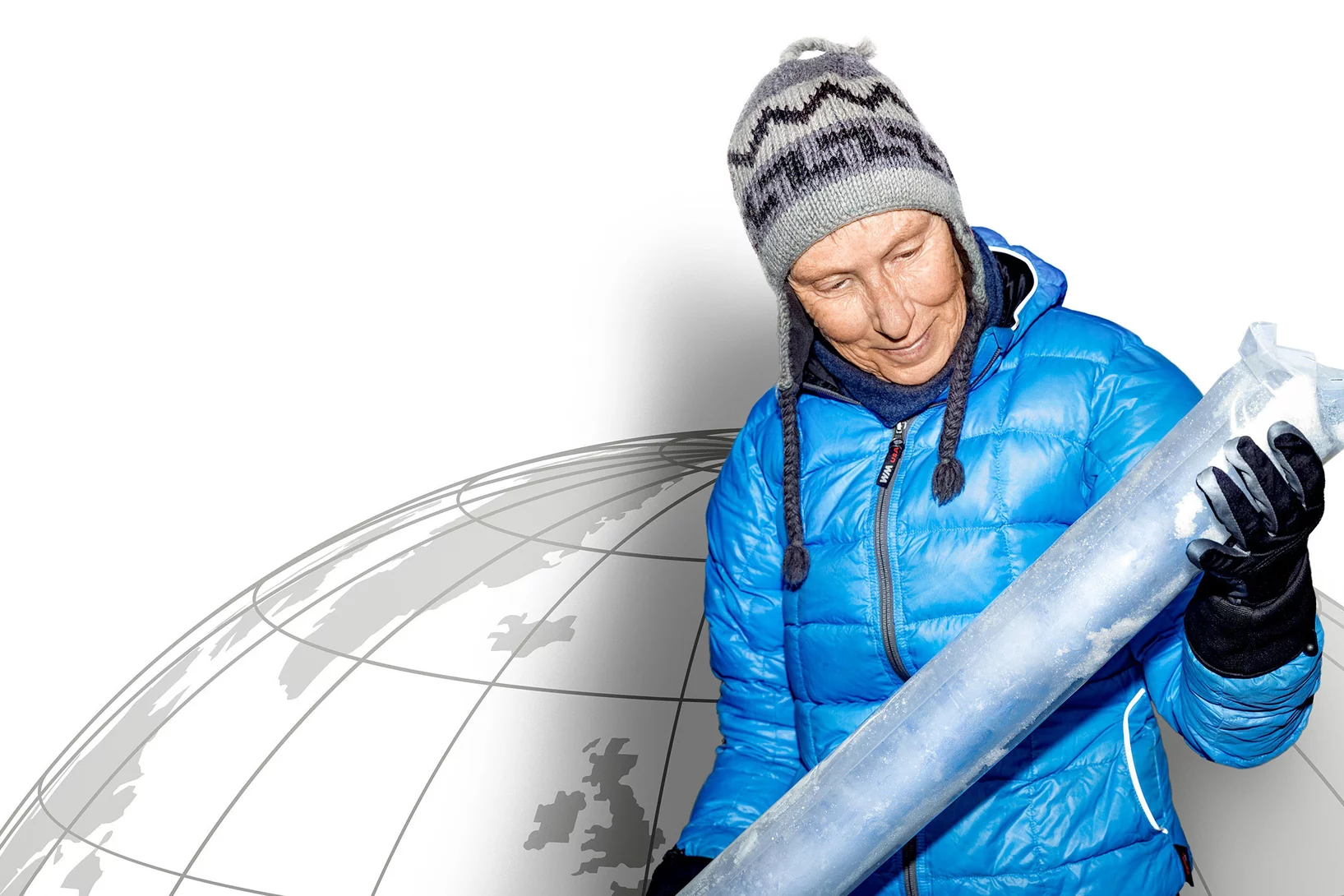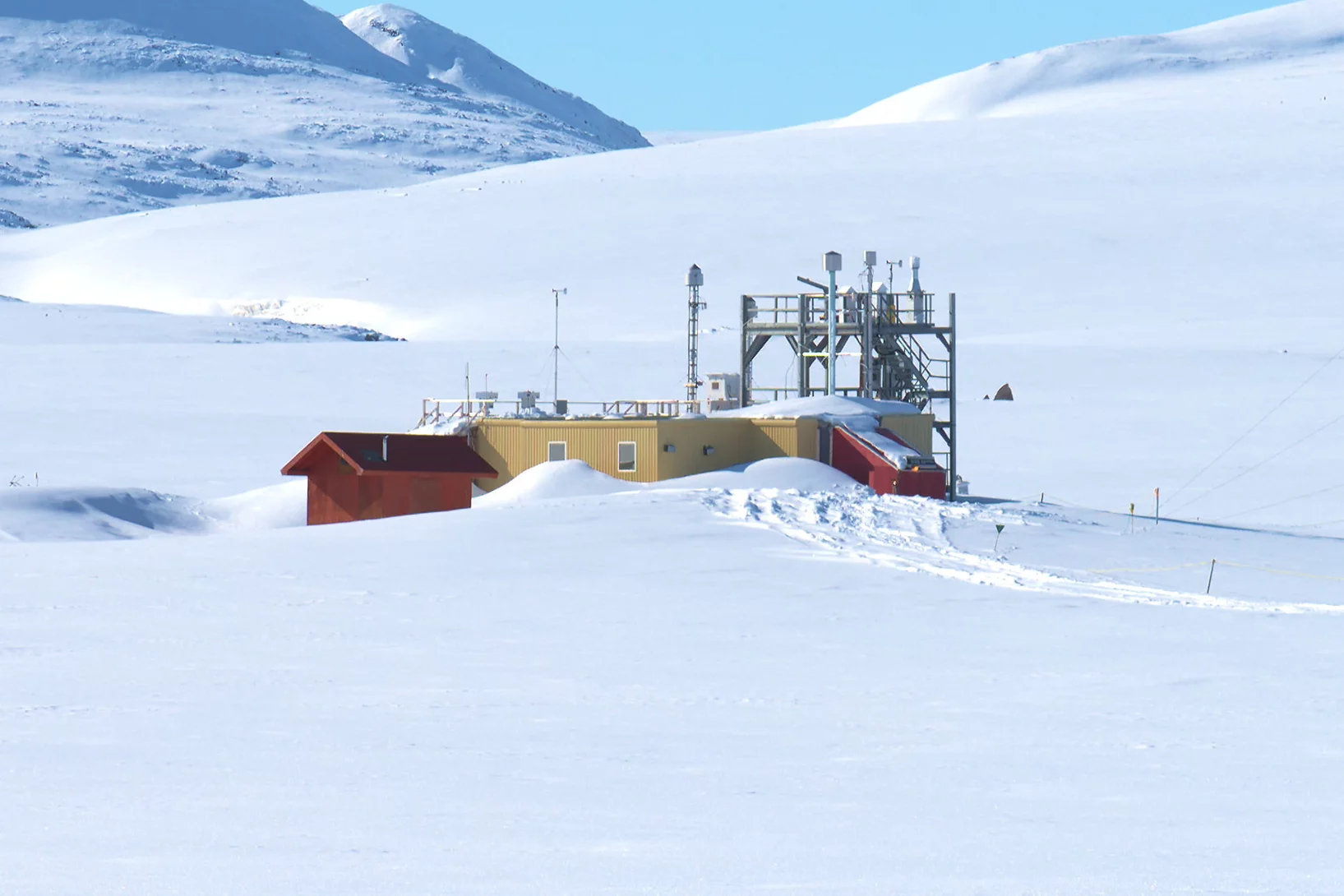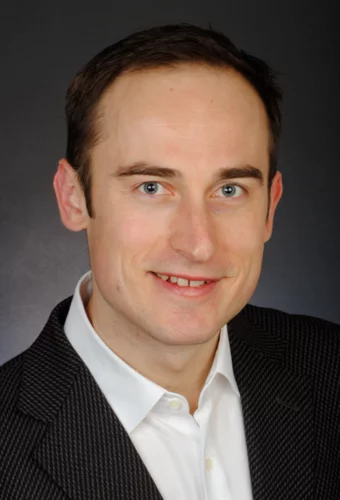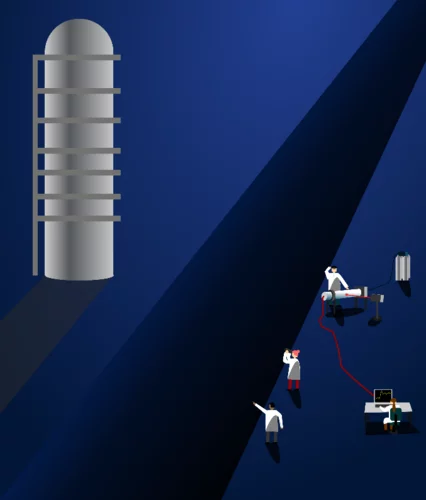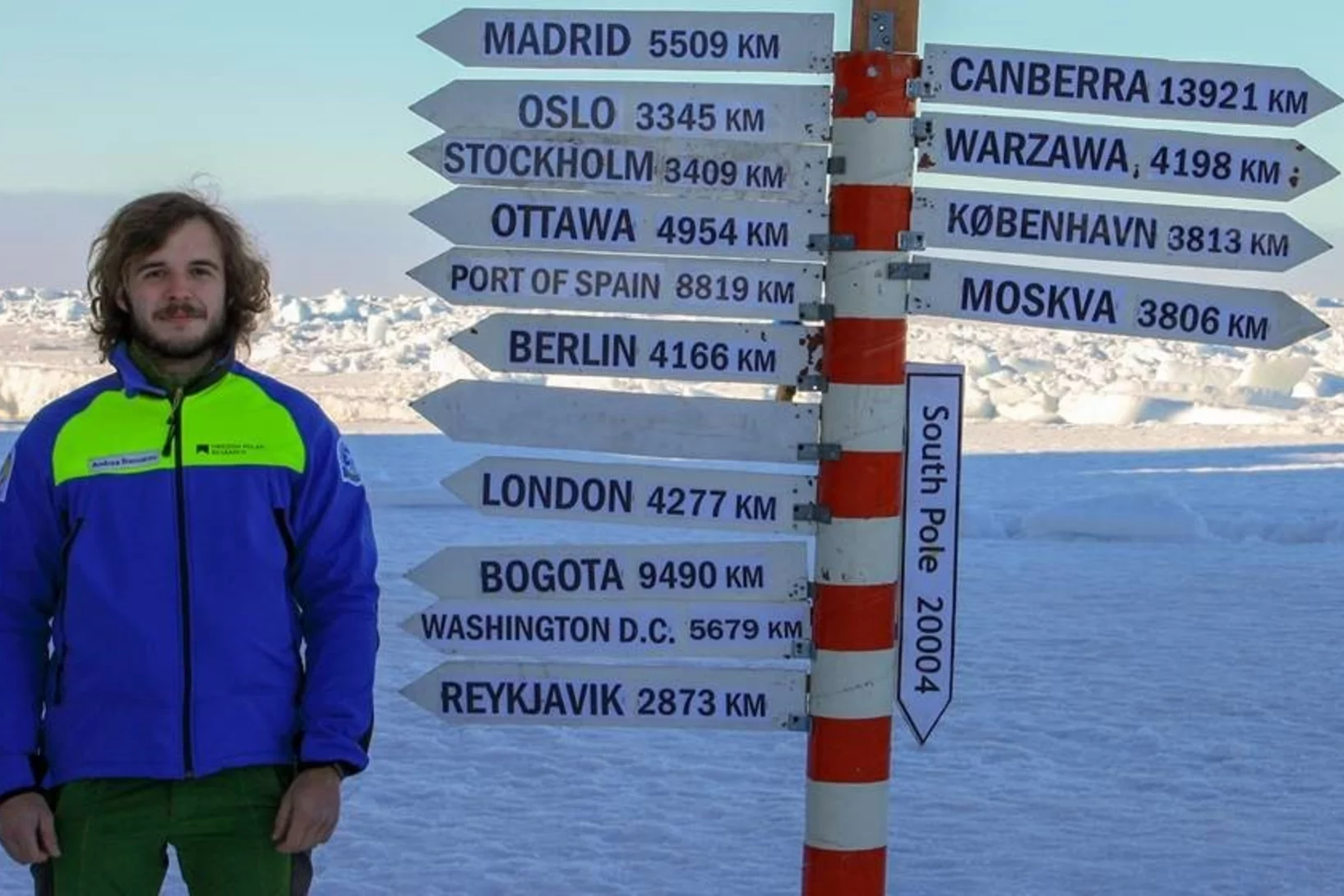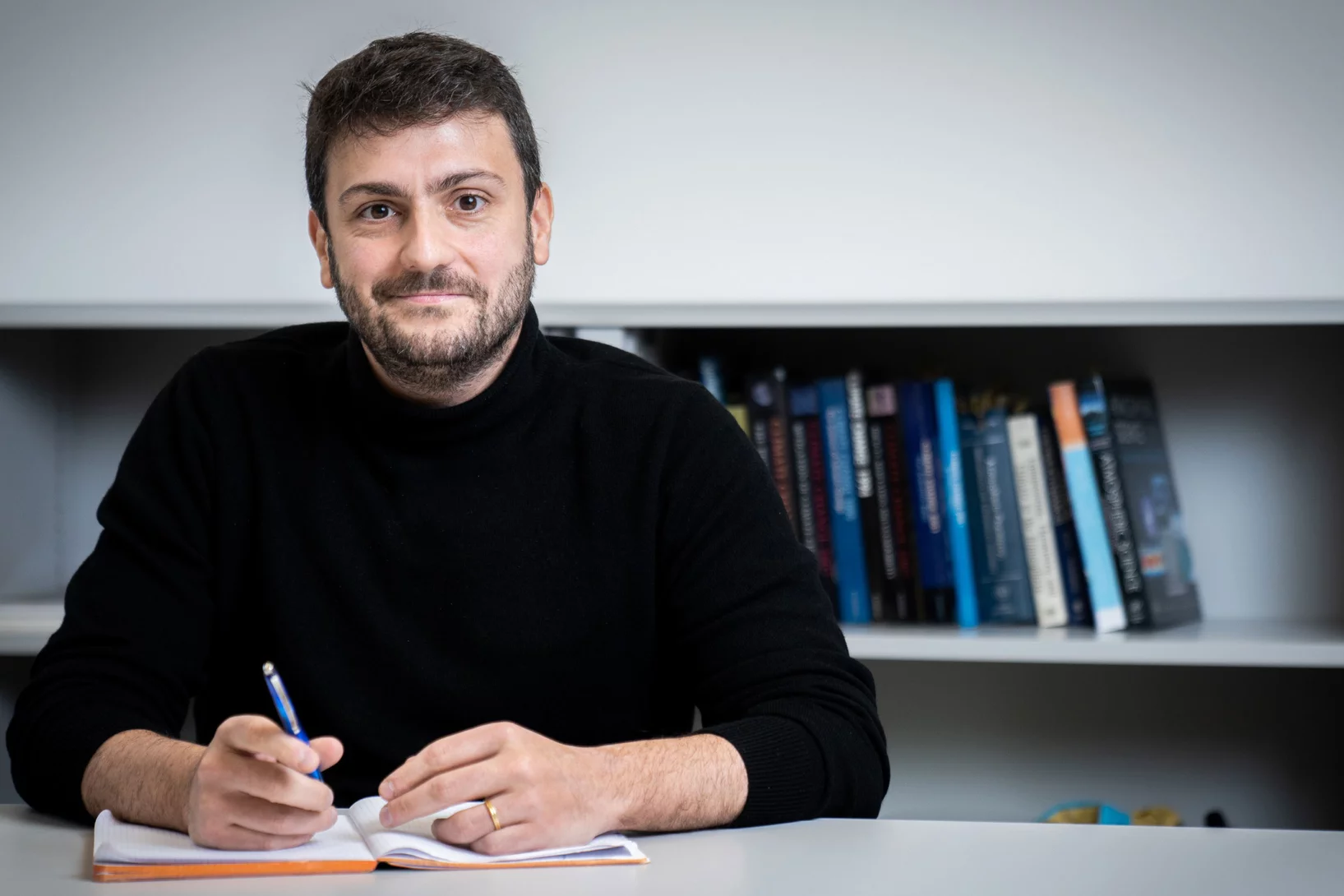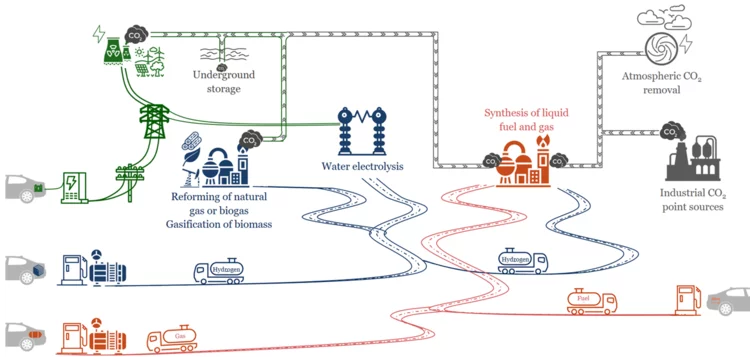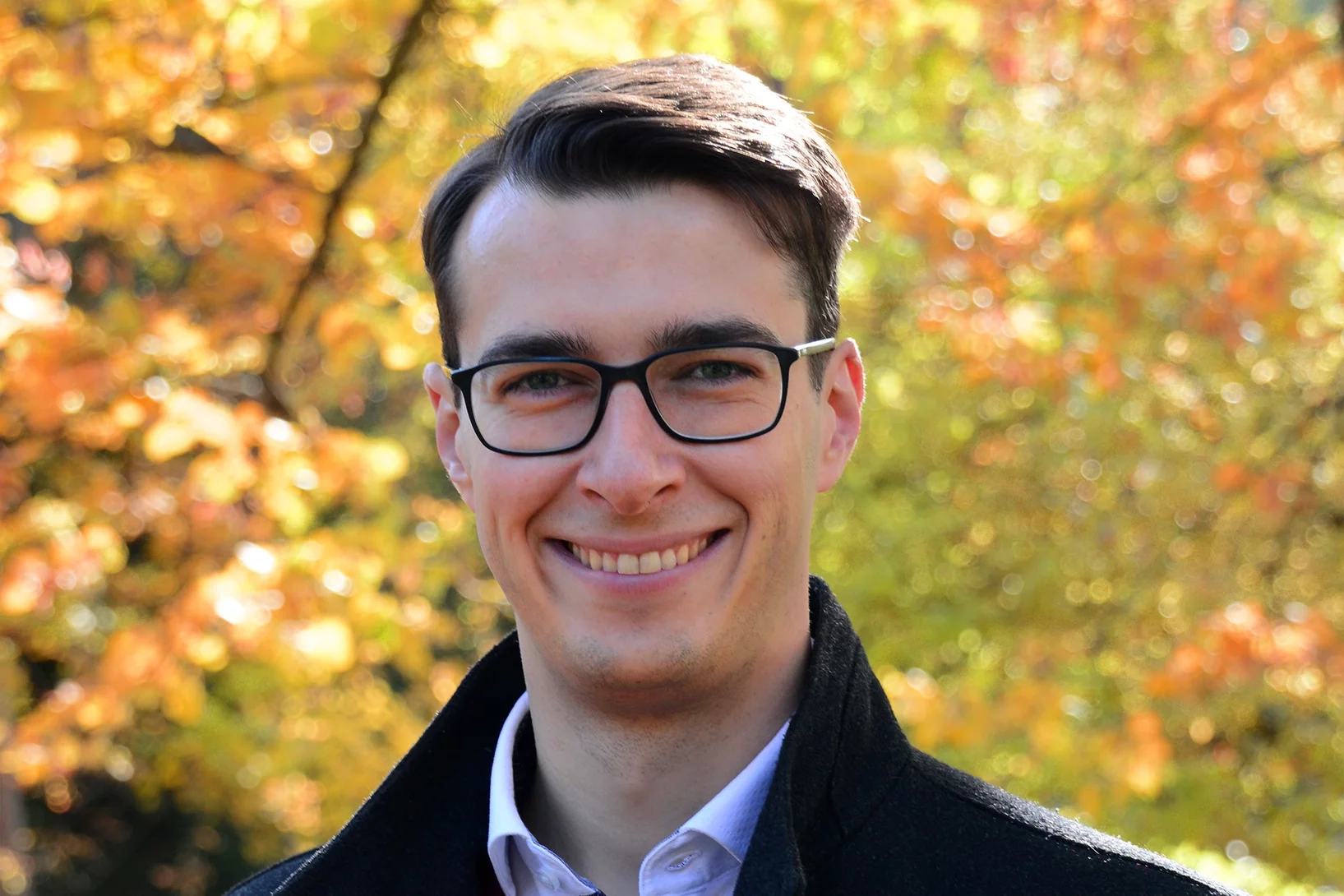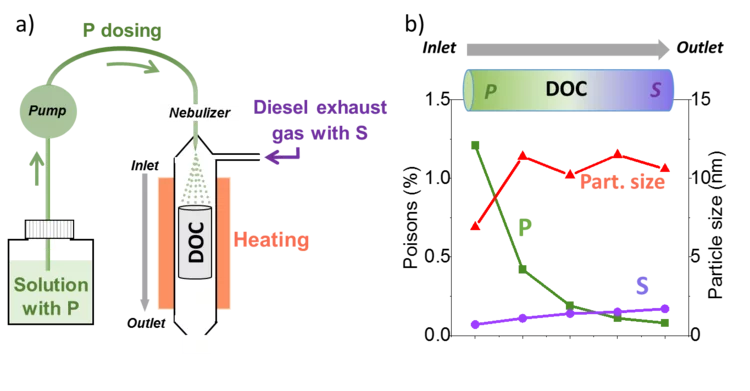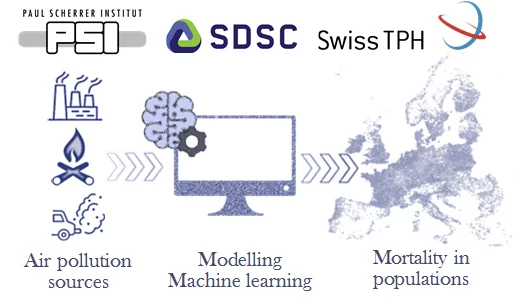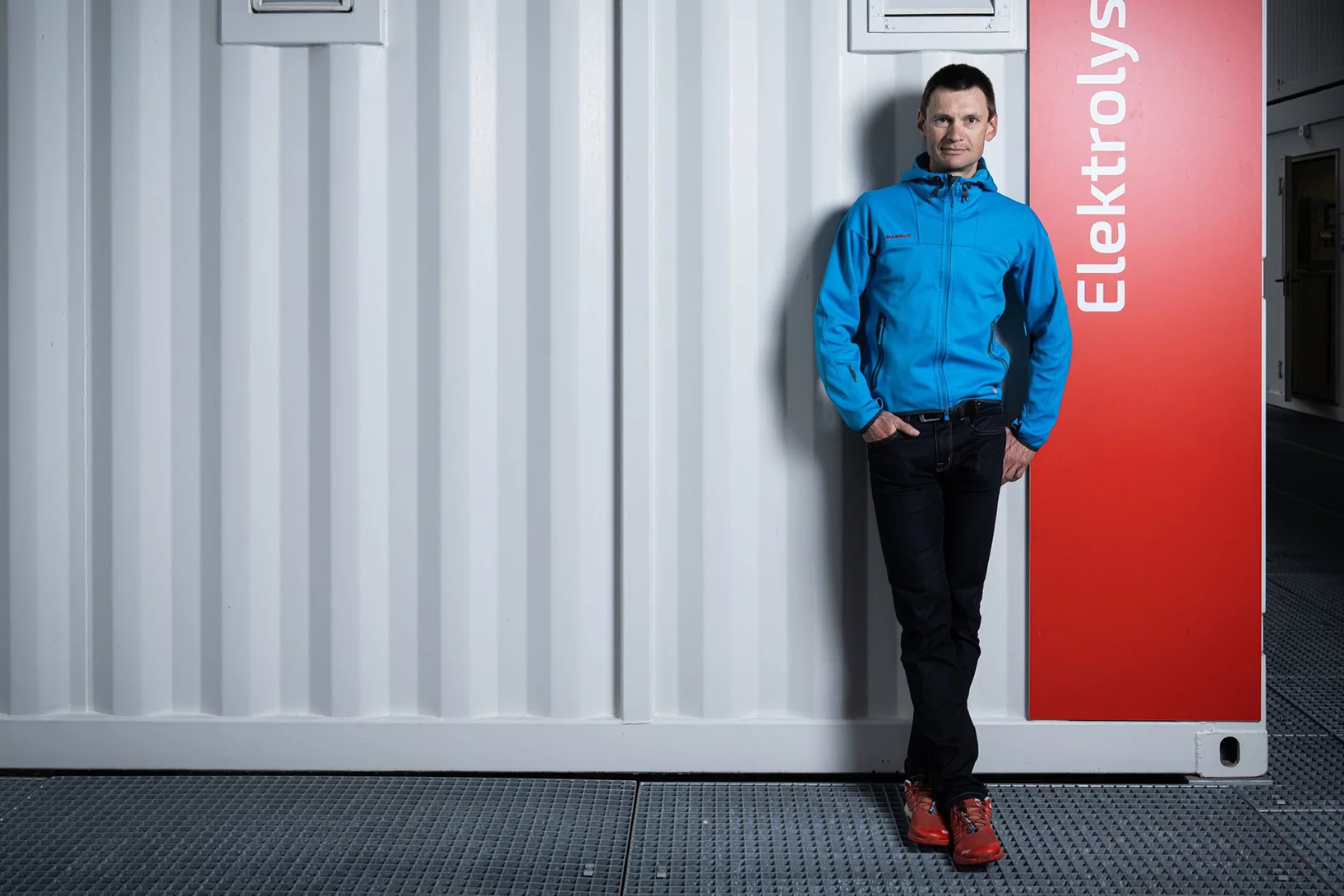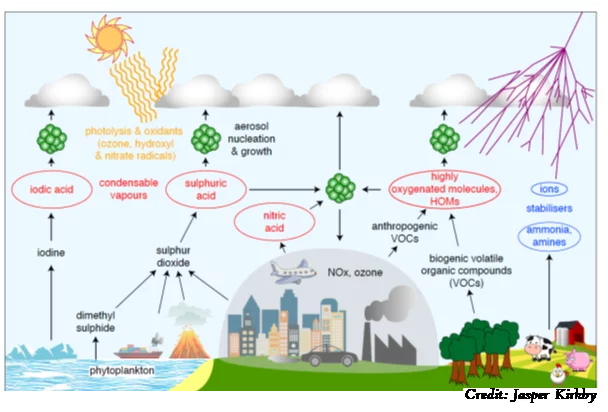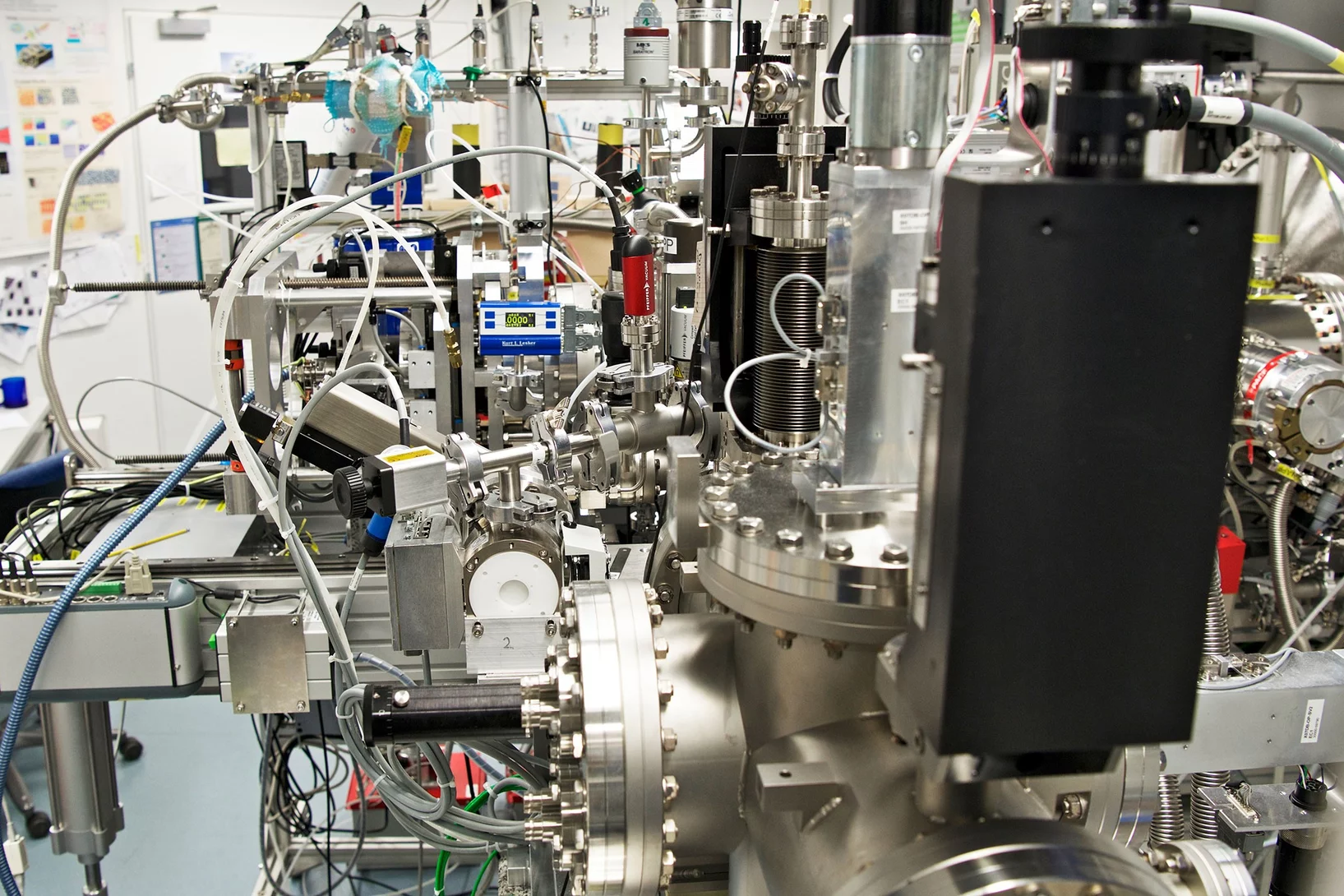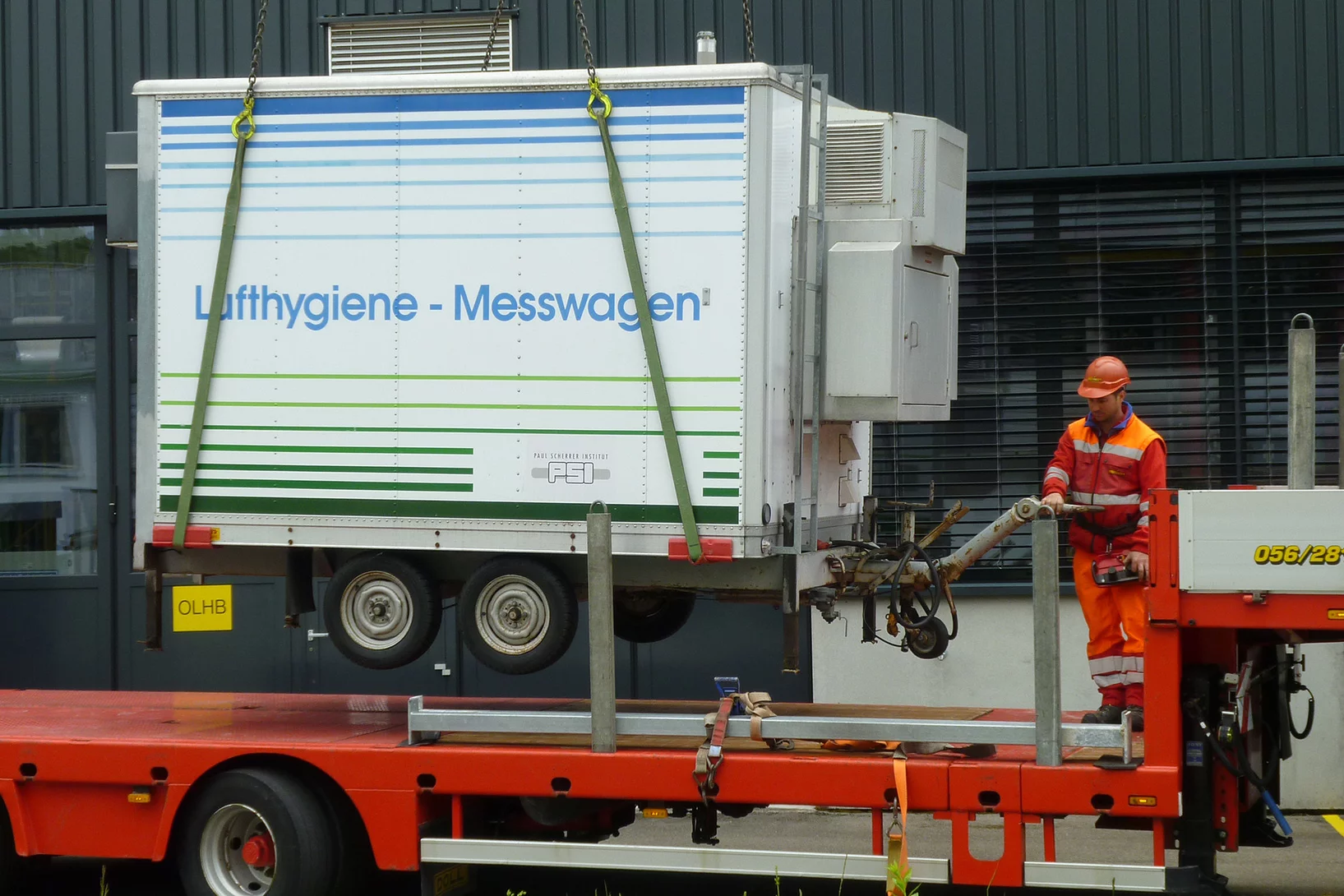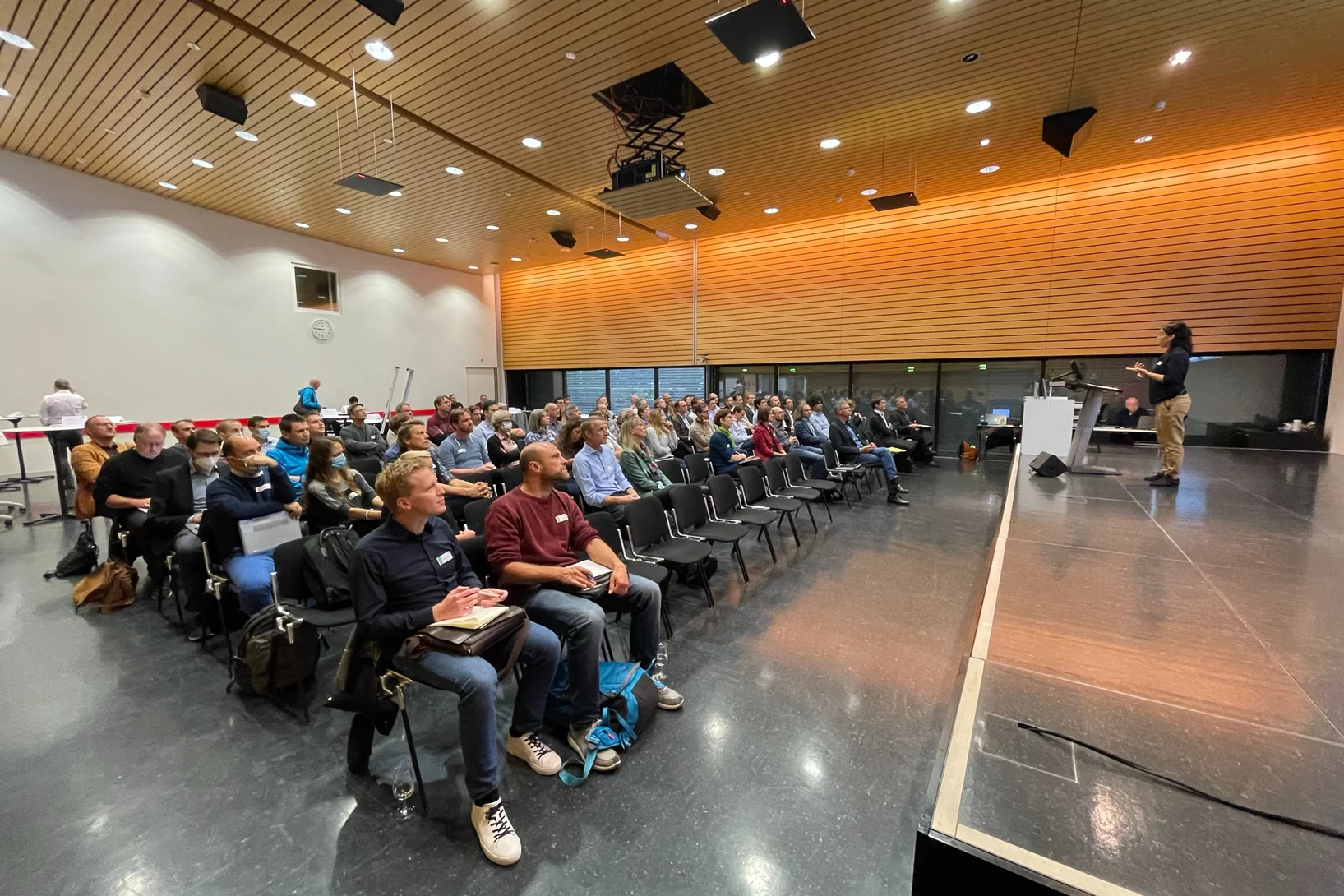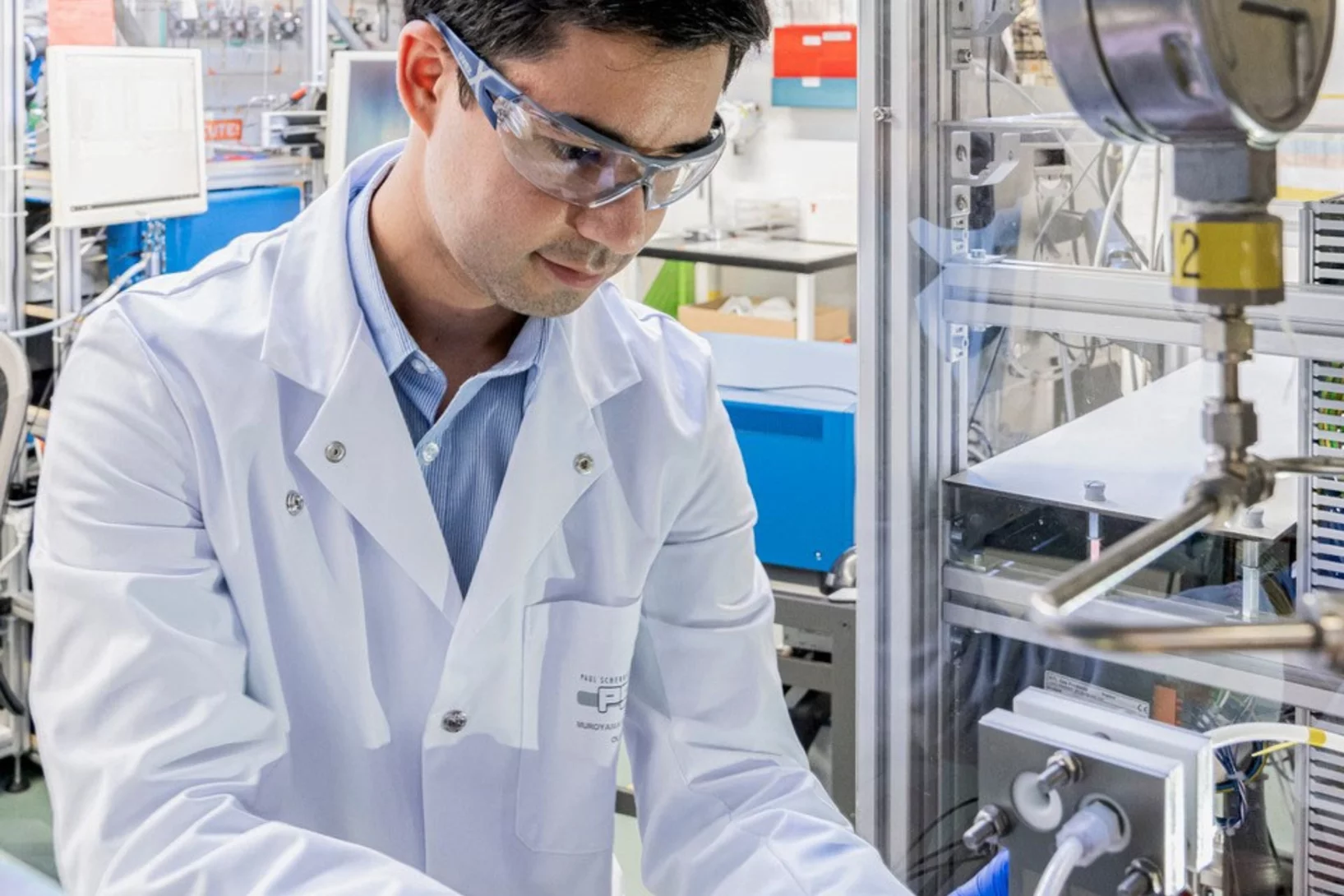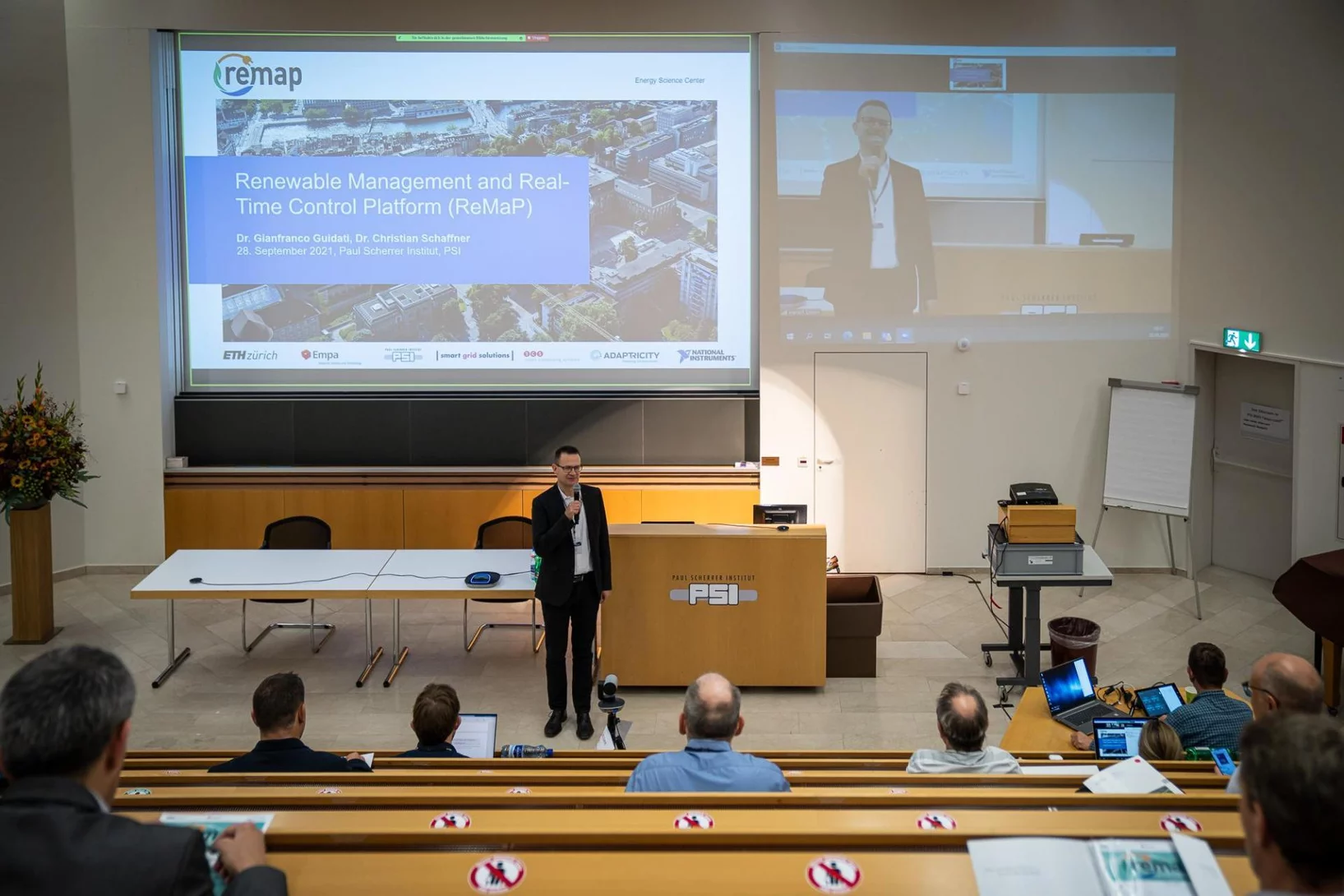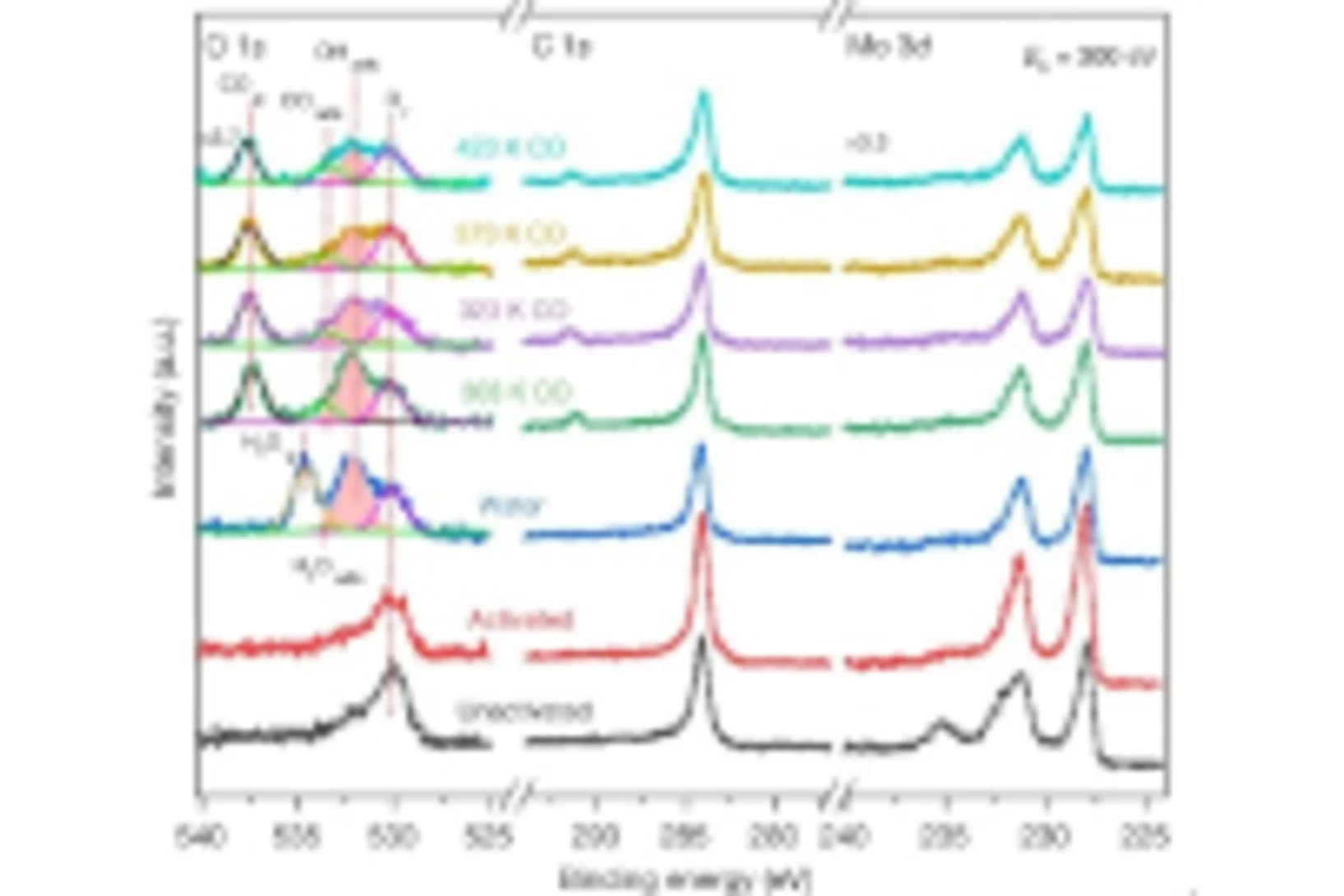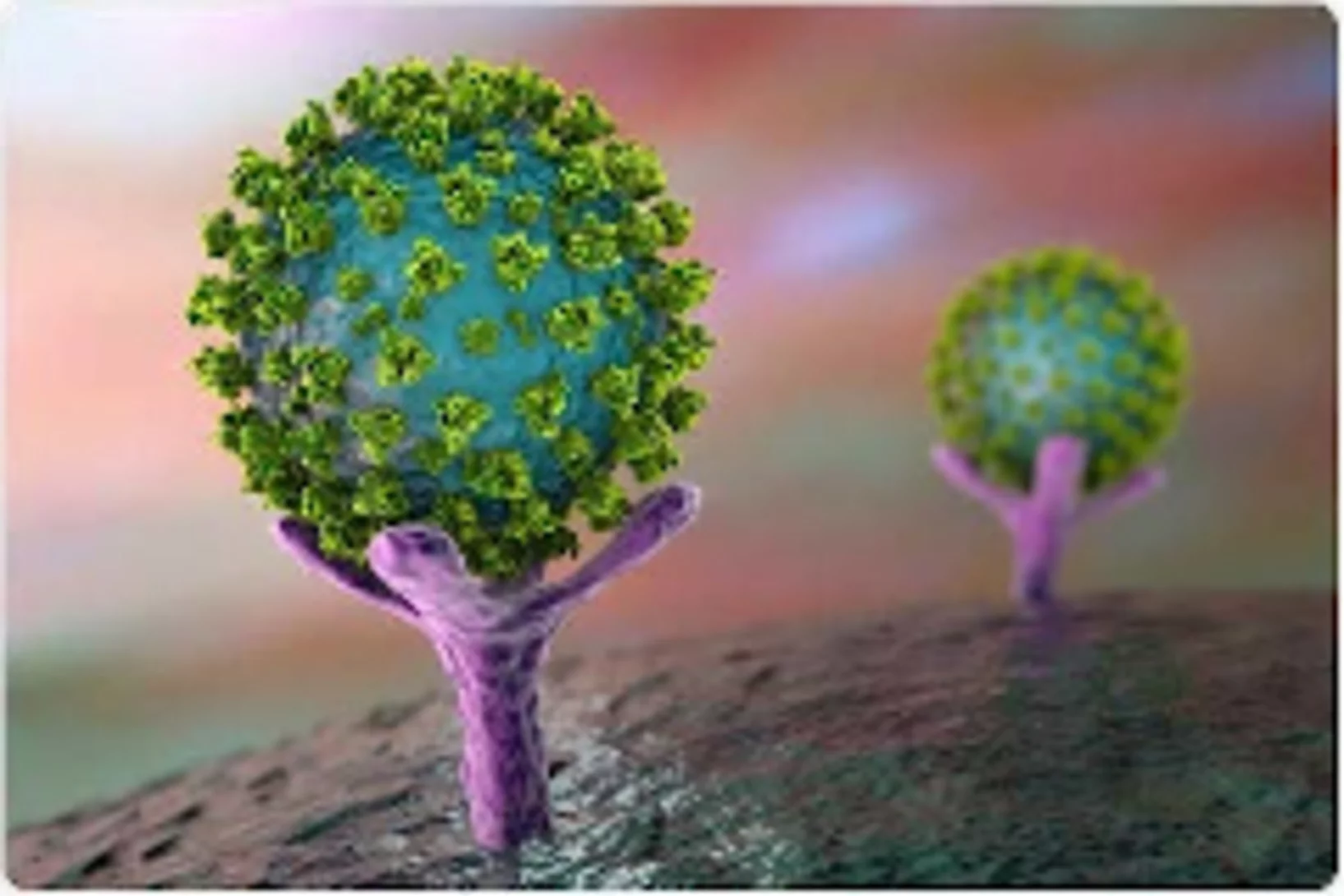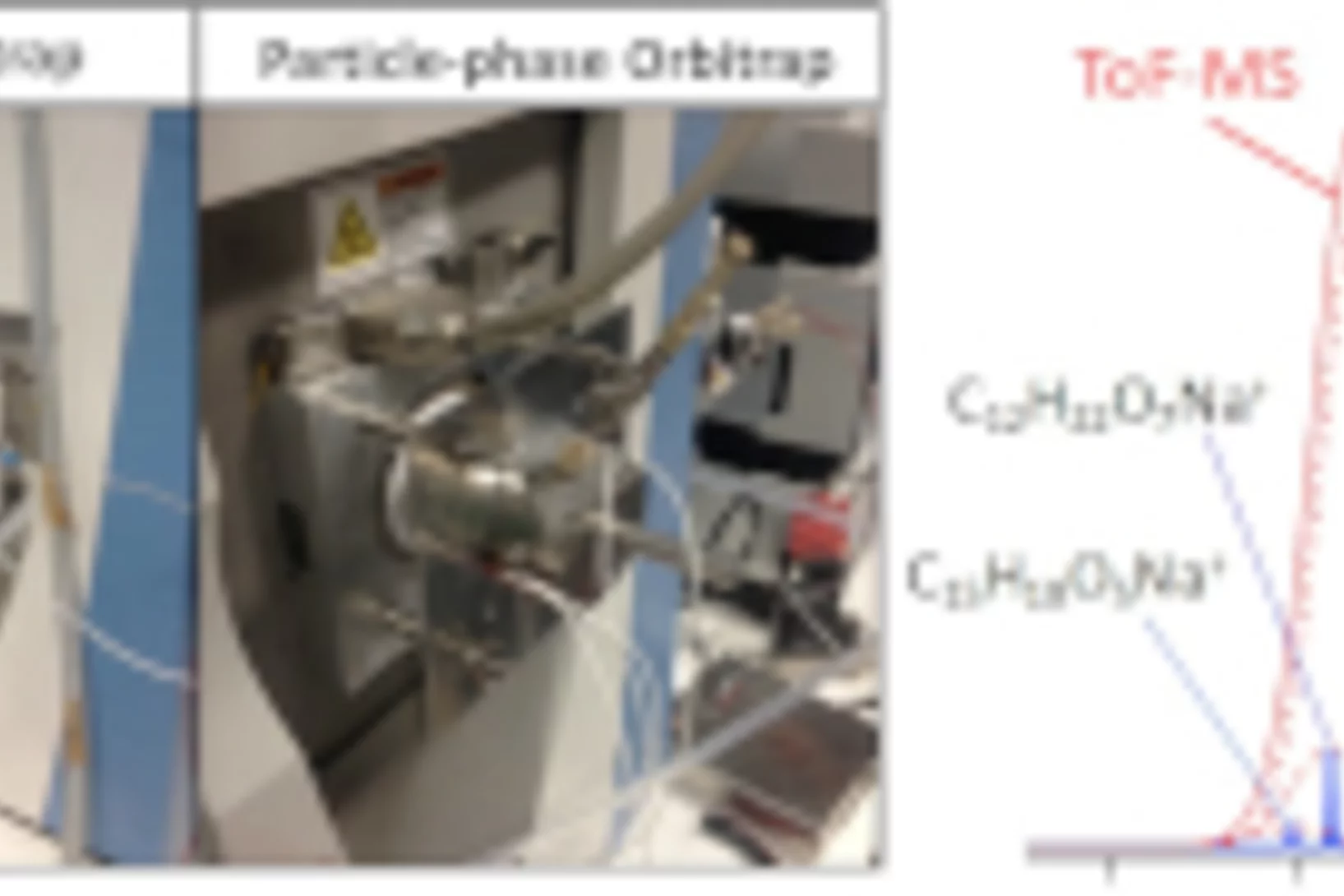Show filters
Sauvegarder la mémoire de la glace
Une équipe internationale de recherche, à laquelle participe le PSI, se hâte de conserver des carottes de glace pour la postérité.
Réchauffement climatique: une cartographie des aérosols en Arctique
Pour mieux comprendre l’évolution du climat et développer des mesures efficaces contre la pollution, des chercheurs de l’EPFL et du PSI ont étudié les aérosols présents de la Russie au Canada.
New Head of Laboratory for Energy Systems Analysis (LEA)
As of February 1st 2022, Russell McKenna joins the Paul Scherrer Institute’s Laboratory for Energy Systems Analysis (LEA) as head of the Laboratory. The position at PSI and the full professorship at ETHZ will enable him to combine his research with teaching activities. This optimally reinforces the cooperation between ETH Zurich and the two energy sectors, ENE and NES, of the PSI.
Optimization of catalyst performance to increase efficiency of methanol production
Many types of catalysts have been well known for decades, but the fundamental understanding as to why they work so well is still not quite clear. Without this understanding, an even more efficient catalyst cannot be developed, which is needed to reduce the global energy demand. Copper-zinc-alumina (CZA) is a popular catalyst and has been used for about 100 years, as it facilitates the production of the important chemical building block methanol, a molecule that enables the storage of hydrogen in a manner that minimizes negative impact on the carbon-dioxide footprint. Until 2021, scientists debated over the reason why the catalyst works so well. Understanding the reason behind this is vital in order to further develop even better ones. The copper-zinc-alumina (CZA) catalyst is assessed at the Laboratory for catalysis and sustainable chemistry (LSK) of the Paul Scherrer Institute.
Andrea Baccarini, former member of the Laboratory of Atmospheric Chemistry, awarded the ETH Medal for his PhD thesis
Andrea Baccarini, a former PhD student at the Laboratory of Atmospheric Chemistry, has been awarded the ETH Medal for his thesis investigating aerosol formation in the Arctic and Antarctic and the role aerosols play in climate change.
Diagnostiquer l’asthme dans un souffle
Le PSI participe au développement d’un test respiratoire, grâce auquel il devrait être possible de diagnostiquer l’asthme. Une interview avec Imad El Haddad.
E-fuels and electrification as complementary approaches to achieve climate target
Sustainable, synthetic fuels, so-called e-fuels, can help reduce CO₂ emissions. For their production, electricity from renewable sources is required in order to allow for a close to CO₂-neutral balance. The availability of electricity from renewable sources, which ensures the climate benefits of e-fuels, is currently still limited. “Especially in order to produce on a larger scale, a lot of renewable electricity is needed,” explains Christian Bauer, researcher at the Laboratory for Energy Systems Analysis (LEA) at PSI.
LAC scientists awarded Mariolopoulos Trust Fund Award 2022
The paper "Sources of particulate-matter air pollution and its oxidative potential in Europe" published in Nature by Kaspar Dällenbach and his team at the LAC has won the 2022 Mariolopoulos Trust Fund Award, along with another paper in the field of atmospheric environment.
"I could not imagine a better place to have done a PhD"
Bernhard Pribyl-Kranewitter, former PhD student at the Energy and Environment Division, shares with us a glimpse of his time at the Paul Scherrer Institute and where his path has led him. Currently, he works as a senior consultant at Kearney.
PSI’s contribution to COVID-19 detection
One breath is all it takes to detect the COVID-19 infections using a new method developed by the Centre National de Recherche Scientifique (CNRS) in collaboration with the Paul Scherrer Institute.
Unravelling the catalyst aging phenomena in vehicle emission control.
PSI has collaborated with catalyst and engine manufacturers to understand the aging phenomena of emission control catalysts. To this end, a diesel oxidation catalyst with a relevant mileage was carefully analysed; the results suggest that a complex combination of poisoning and thermal sintering is the cause of deactivation during driving. A reactor setup was then developed to simulate poisoning and sintering effects for prediction of catalyst durability in time and cost effective manner.
Two PSI-Scientists nominated «highly cited researchers»
In the research field “Geosciences”, 143 highly cited researchers were appointed worldwide this year, 7 of them from Switzerland, 2 of them from the Paul Scherrer Institute.
AURORA: from Air pollUtion souRces tO moRtAlity
The Laboratory of Atmospheric Chemistry has initiated innovative data-science-based modelling approaches to discover the most important pollution sources for human health
De l’hydrogène bleu peut protéger le climat
La clé: éviter les fuites.
PSI Impuls Award Winner Tobias Schuler
On November 25th, Tobias Schuler was awarded the PSI Impuls Award for his doctoral thesis titled ‘Towards a Generic Understanding of Porous Transport Layers in Polymer Electrolyte Water Electrolysis’.
PSI maintains its leading role in the CLOUD experiment at CERN
The CLOUD experiment at CERN will be recreating particle formation in key regions of the globe to understand the effects of these particles on regional climates
Discovery of new chemistry on aerosol surfaces
In a study published in Science, ambient-pressure X-ray photoelectron spectroscopy reveals spontaneous redox chemistry at solvating particle surfaces.
Dioxyde de carbone peut devenir une ressource précieuse
Une nouvelle étude explore les méthodes qui permettent une utilisation efficace des émissions de CO2.
Take a deep breath. But how clean was the air?
The EU project, RI-URBANS, aims to improve air quality monitoring across Europe
Successful Ambizione Grant Applicant
Kaspar Dällenbach, Scientist at the Laboratory of Atmospheric Chemistry (LAC) at the Paul Scherrer Institute (PSI) was granted the Ambizione Grant 2020 with his project “Particulate air pollution sources in low-income megacities (PRESSING)”.
NET ZERO Day of the four RIs at Empa
Climate change is one of the biggest challenges humanity is facing. It requires an approach, in which competences and capacities in research are combined across Switzerland to develop solutions for a transformation of our society towards net zero CO2 emissions.
Successful Ambizione Grant Applicant
Alexander Muroyama, Postdoctoral Researcher at the Electrochemistry Laboratory (LEC) at the Paul Scherrer Institute has successfully applied for the Ambizione Grant 2020 with his project “A novel process for electrochemical direct-air capture of CO2”.
Successful Ambizione Grant applicant
Patrik Winiger, Research Grant Advisor and Project Manager at ETH Zurich, successfully applied for the Ambizione Grant 2020 with the project “Macromolecular Aerosols in the Cryosphere from the Arctic to the Alps – MACrAA”. The idea was developed together with the Laboratory for Atmospheric Chemistry (LAC) at PSI. The LAC is a global leader in aerosol analytics and source identification. They own and operate a unique laboratory infrastructure with various instruments and multiple aerosol simulation chambers available for researchers.
ReMaP – Current status of energy research
With its Energy Strategy 2050 Switzerland aims – beside other goals – to promote the use of domestic renewable energy and to develop the electricity power grid, which plays a decisive role in the upgrading of the system of electricity power supply. A lot of research needs to be done to achieve these ambitious goals. An important research project in this area is ReMaP and its status quo was presented at the Paul Scherrer Institute PSI on 28 September.
The ICE MEMORY program
As an international initiative, ICE MEMORY aims at collecting heritage ice cores from the world’s key endangered glaciers to store them under safe conditions and international governance in Antarctica for future generations of scientists.
Looking inside airborne particles for the chemistry responsible for their adverse health effects.
Chemical changes inside of breathable airborne particles can cause reactive oxygen species (ROS) and carbon centered radicals (CCRs) to form, which are harmful to our bodies and induce oxidative stress in lungs. Using X-ray spectromicroscopy at the PolLux beamline and mimicking the environmental and sunlit conditions aerosol particles experience in the atmosphere near the Earth Surface, it was recently found that highly viscous organic particles with low water content can attain high concentrations of ROS and CCRs that persist over long times. Natural particles like these will occur in ambient humidity below 60% and effectively trap ROS and CCRs inside that react when exposed to light.
XPS allows in situ investigation of the solid-gas interface during a catalytic reaction
Platinum isolated atoms and clusters supported on molybdenum carbide have been characterized in situ by means of photoelectron spectroscopy. The presence of both species is essential to favor the stability, so that the catalysts displays high metal-normalized turnover number of 4,300,000 moles of hydrogen per mole of platinum during the water gas shift reaction.
Aerosol distribution in rooms and the importance of proper ventilation
Urs Baltensperger explains the background why it is absolutely necessary to wear masks in order to reduce the risk of beeing infected with Covid-19.
In the following you find the presentation and summary
Einfache Experimente zeigen: so gut schützen uns Masken und andere Materialien
Spätestens seit Corona ist der Maskengebrauch auch in der Schweiz im Alltag präsent. Doch wie gut können wir uns und andere mit verschieden Materialien vor kleineren und grösseren Partikeln schützen? Das alljährlich durchgeführte PSI Feriencamp bietet Kindern einen spannenden Einblick in die faszinierende Welt der Forschung. In diesem Jahr gingen Kinder an einer Projektstation genau dieser Frage nach. Dabei untersuchten sie, wie gut verschiedene Materialien die im Labor generierten Partikel zurückhalten. Es wurden Textilmasken (im Handel erhältlich, wiederverwendbar, nicht FFP2-zertifiziert), Chirurgenmasken (Einwegmasken, FFP2-zertifiziert), Teefilter, Kaffeefilter, Papiertaschentuch und WC-Papier getestet, und es wurde klar, Maske ist nicht gleich Maske.
Online ultrahigh resolution mass spectrometry for the molecular analysis of the atmosphere
Atmospheric aerosols are considered the single largest uncertainty in assessing the human contribution to global warming and amongst the top five health risks worldwide. Our ability to investigate aerosol sources, their formation processes in the gas-phase, and their societal impacts is largely governed by our capability to measure their molecular constituents in real-time. Researchers at PSI have combined for the first time ultrahigh resolution mass spectrometry with high time resolution and sensitivity for the molecular analysis of aerosols.


